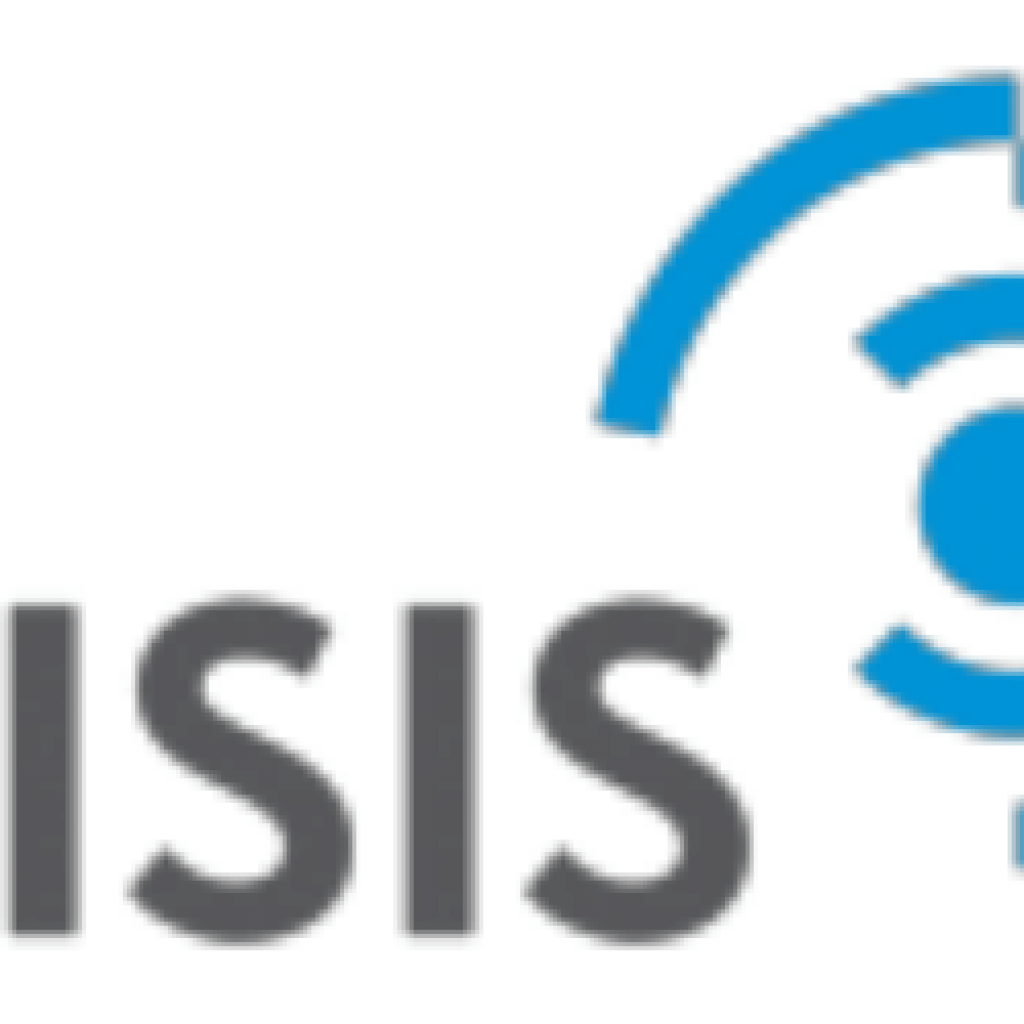(SpaceRef) The technology of tenfold extension of service life of a single-photon detector for the Earth-orbit quantum communication channel has been developed by an international group of scientists with the participation of NUST MISIS. Heating under certain conditions heals defects in the detector’s silicon base that result from the irradiation of the satellite with hard space radiation. This prolongs the life of the satellite by reducing the level of “noise” that disables the quantum communication system.
The exchange of secret keys between users of a communication network enables a safe way to exchange messages—without eavesdropping and information leakage. If we use these keys in cryptographic protocols, we are almost invulnerable. Conventional cryptosystems use algorithms to ensure data security due to computational complexity. However, a quantum computer is, basically, capable of breaking even such encryption due to the so-called Shor’s factoring algorithm.
There is a solution—quantum key distribution (QKD) protocols. They make use of public optical channels to securely distribute keys by exchange of quantum bits, carried by single photons of light. This absolute security is obtained through the no-cloning theorem: any measurement of a quantum bit by an eavesdropper risks changing the state of that bit. This reveals the eavesdropper’s presence.
The quantum distribution of keys between two communicating users occurs using photons, which travel through optical fibers or over atmospheric line-of-sight channels. Optical fiber is limited by loss of photons, thus we cannot stretch the quantum communication across the oceans. However orbiting satellites can cover the entire surface of the planet with a quantum communication network.
So, one half of the quantum system will be placed on a satellite orbiting about 500 km above us, and the other half is on the Earth. Twice a day, telescopes on Earth and on the satellite will point at each other and a QKD session will last for 4 minutes, generating a secret random sequence of zeros and ones.
The receiver in the system is a single-photon detector. It is based on silicon avalanche photodiodes. Registration of single photons in a satellite is a crucial element the QKD system. However, detectors have a significant, critical disadvantage—they are very sensitive to solar radiation and are gradually damaged by it. As a result, they produce an ever-increasing amount of noise, which can distort the operation of the system, eventually making QKD impossible. The solution to this problem has been found by Canadian and Russian scientists.
Scientists Develop a Way to Lengthen a Satellite’s Lifespan 10 Times for Absolutely Secure Quantum Communications
